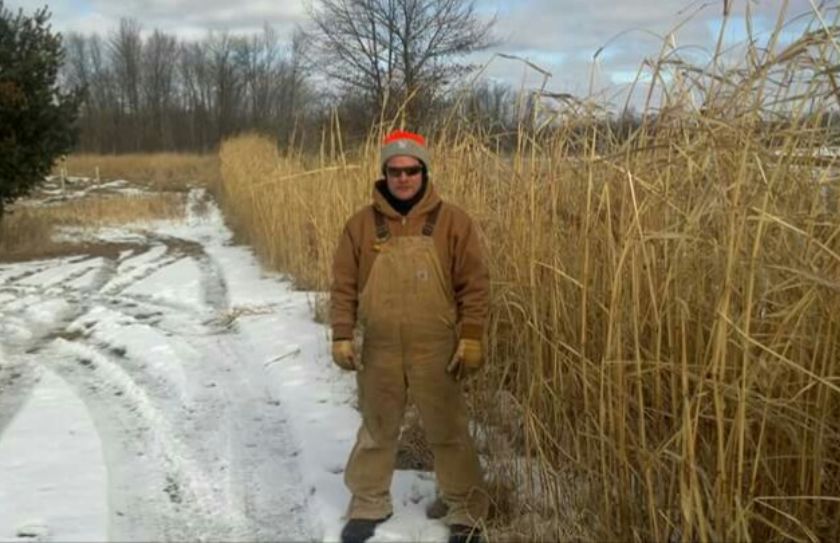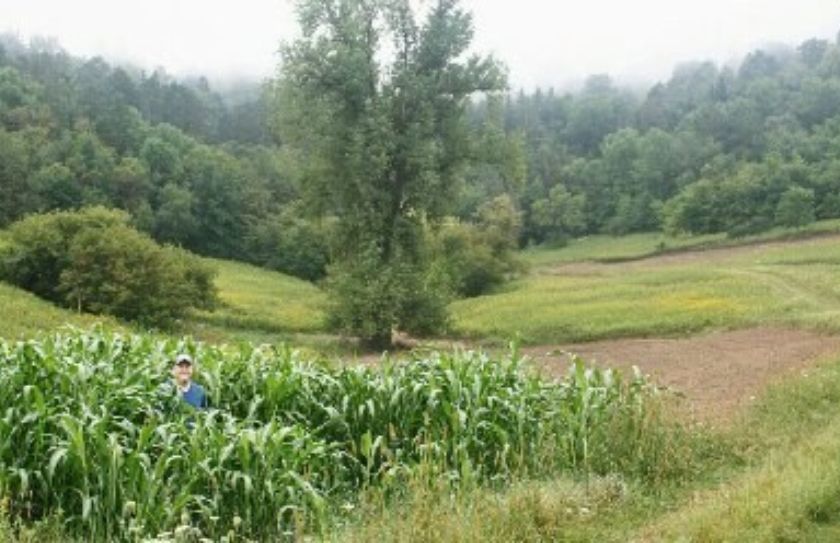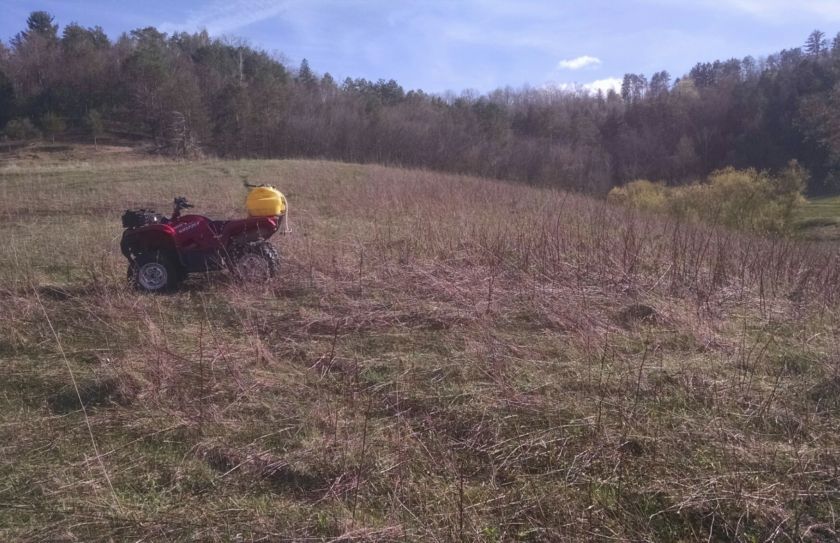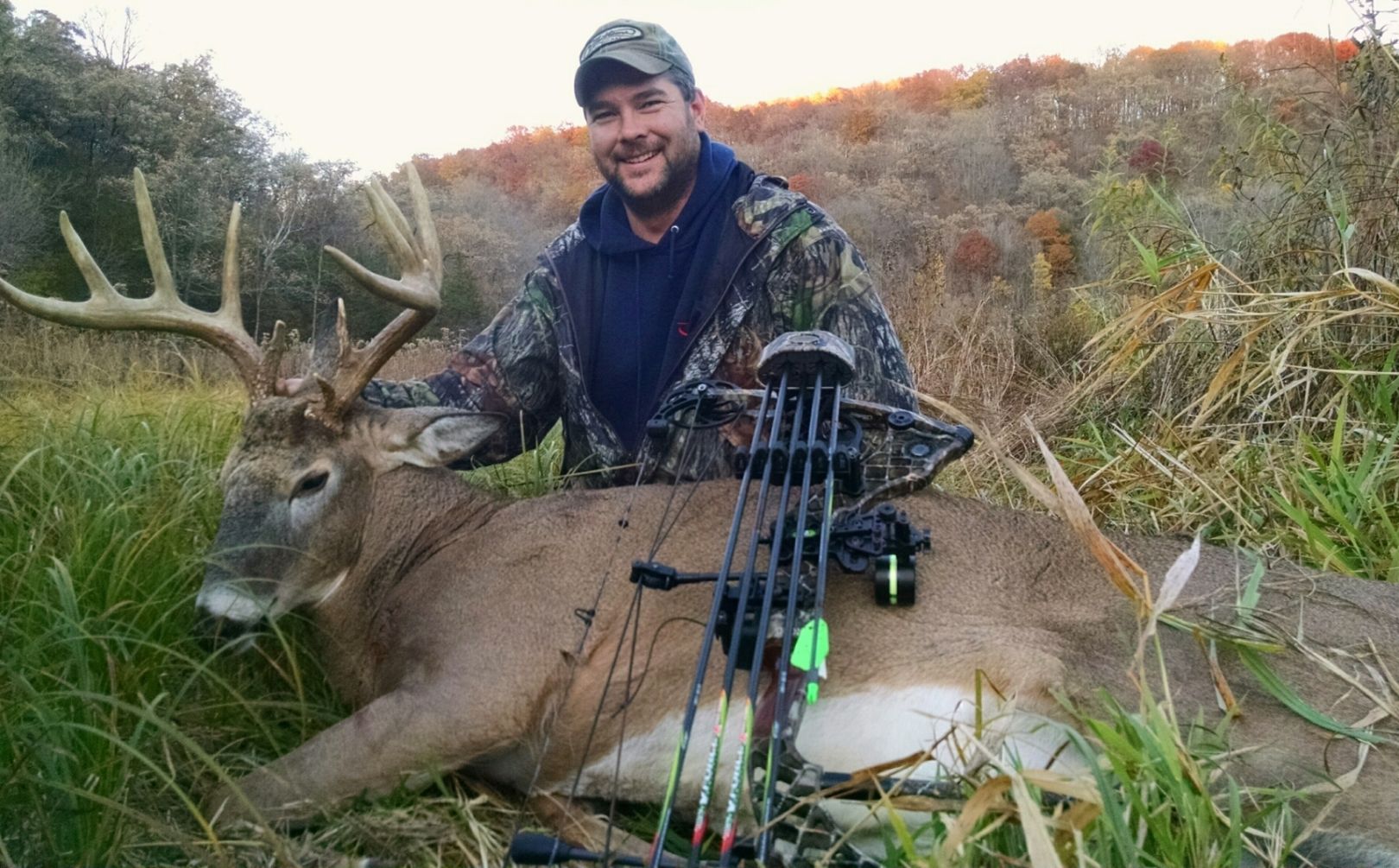
During the mid 2000s, the strategy for using deer screening cover was something I attempted to place a huge focus on, during the deer habitat field days and seminars that I used to participate in. Through a series of slides, I used a combination of satellite photos with illustrations, in attempt to answer 1 important question on the very first slide, that read, "What Should You Screen?" From one slide to the next, several habitat and hunting related features were continually added to the progression of the slides, including: Deer beds, deer bedding areas, food plots, woodlines, hunter parking areas, access routes and stand locations. Finally, the last slide included screening illustrations of each habitat and hunting feature, with the word "EVERYTHING", in bold text across the top of the picture. Really folks, it's that simple; you should screen anything and everything, if you want to create high-level whitetail habitat strategies.
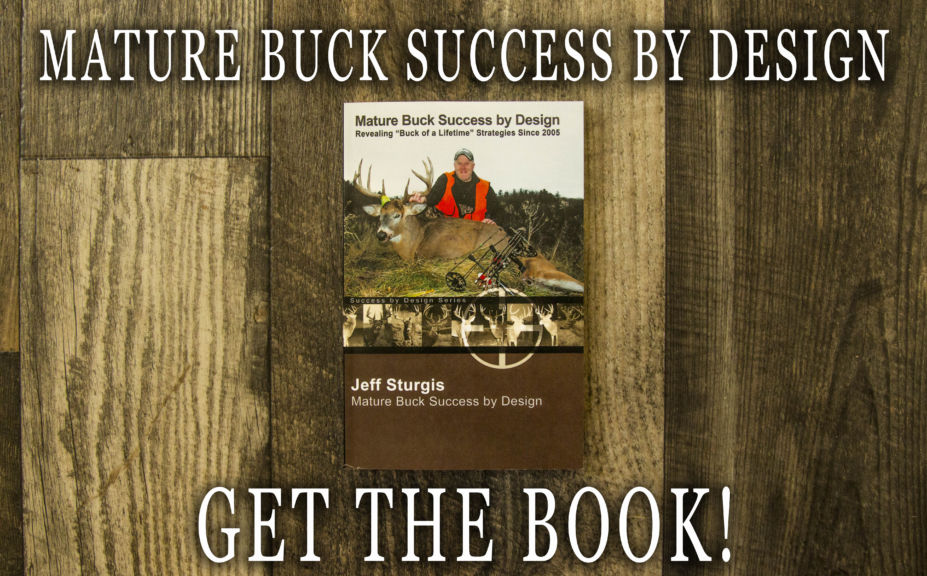
*These herd, hunting and habitat strategies, as well as most any other whitetail related tactic, are covered in my recently completely trilogy of Advanced Whitetail Strategy books, including the recently published"Mature Buck Success by Design", which details how to scout, prepare, forecast for and consistently kill mature bucks.
Although the importance of using deer screening cover for whitetails hasn't changed throughout the last decade, the availability and marketing of the various forms of screening plantings, surely has. There has been an explosion of deer screening cover products throughout the last several years, even to the extent of various proprietary blends, where companies combine the old stand-bys of deer cover products, into their own "secret" blends. While there is no one perfect variety that you should buy, their is one very important strategy: You need to hide deer from you and you need to hide deer from each other. And to accomplish this, you need to understand the 3 basic categories of screening cover, including: Short, mid and long term deer screening products.
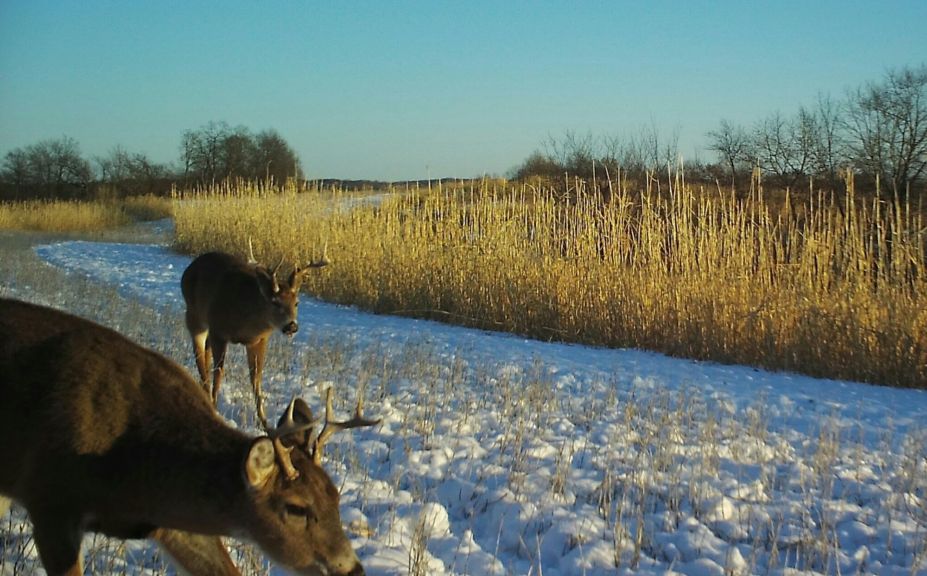
1) Short Term Deer Screening Cover
-Like mid and long term deer screens, short term plantings come in many shapes and sizes. However, what sets each category apart, is the amount of time it takes to establish the planting to be fully effective. The first category includes annual varieties such as:
*Egyptian Wheat
*Sorghum
*Spring Planted Winter Rye
Although there are many immediate forms of cover that can be planted to create effective visual screens, they may not be appropriate for quality deer screening forms of cover because they offer too much of a food source for deer. Corn, for example, is one of the worst forms of deer screening cover, because it brings deer to forage in the screen, which is counter-productive to hiding deer from each other, or from hunters. Short term plantings are nearly all annuals, so they need to planted each year, as needed.
Egyptian Wheat can be a great form of short term screening cover! Watch the video above to learn more about using Egyptian Wheat as short term screening cover!
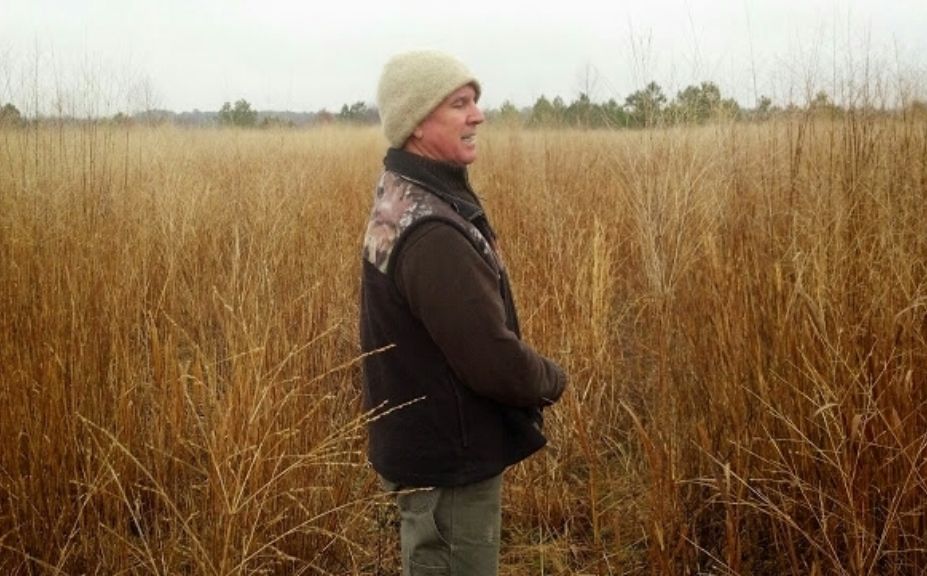
2) Mid Term Deer Screening Cover
-The list of potential mid term deer screening varities is very long, and includes many forms of grasses, shrubs and conifers. While mid term screenings may last 5-10 years or more after the initial planting, their life is not nearly as lengthy as long term forms of screening cover. Here are a few examples:
*Quick Growing Pines (Red and Austrian)
*Various Non-Food Shrubs such as Alder and Autumn Olive (if already existing)
*Quality Perennial Grasses including Switchgrass
*Ornamental Grasses such as Miscanthus Giganteus
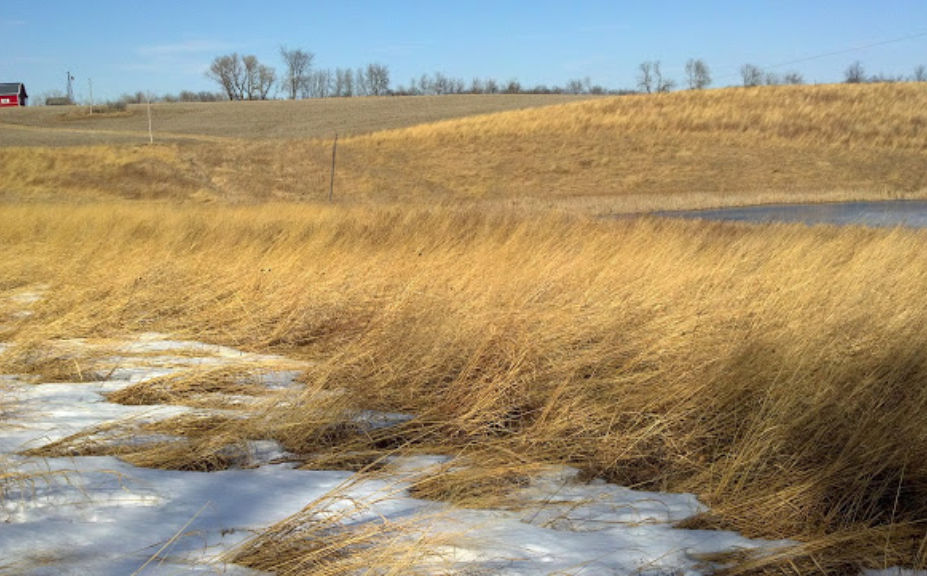
*This MN Big Bluestem field is an exceptional deer bedding area during the warm season, but offers little to no cover during the months of the hunting season. To make sure that you are on track with your bedding cover planting and habitat strategy, check out, "The Most Important Cover for Whitetails".
Mid term deer screening products typically take 2-5 years to develop fully, and again, contain little to no food benifit to deer. It is important to keep in mind exactly how your deer screening cover will appear during the months of the hunting season. For example, perennial grasses such as Big Bluestem, Little Bluestem and Indian grass are great for Summer screening, while often very poor at some point during the hunting season. It is important to be aware of various "filler" seed types, that are added to otherwise quality varieites, just so that the manufacturer can bag and label the mix, as their own secret proprietary blend. Most filler seed types would include any potential deer forage plantings, as well as potential screening products that do not hold up to typical Fall weather patterns.
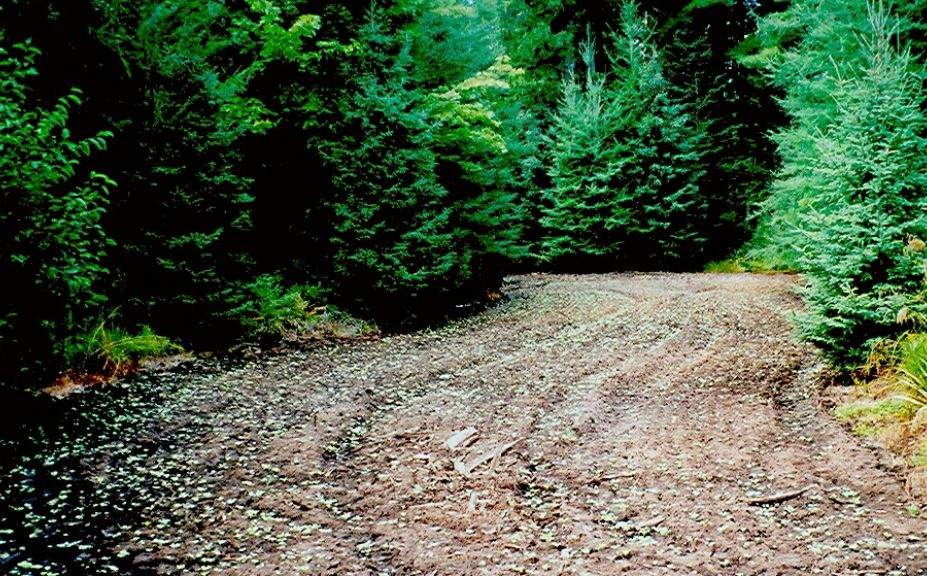
3) Long Term Deer Screening Cover
-Long term deer screening cover plantings are some of my favorites! Why? Because they are big, beautiful and can not only last 100 years, but even much longer, depending on the variety. However, they take 10 years or longer to fully establish, creating the need for sometimes both short and mid term plantings to fill the gap. It probably is not a shock that the most common long term deer screening cover plantings are conifers, including:
*White Pine
*Red Cedar
*White and Norway Spruce (determined by soil and shade tolerances)
*Shrubs and fast growing trees such as hybrid poplar can also be an outstanding choice for long term deer screening cover varieties. For an outstanding source for shrubs and FAS growing trees, check outBig Rock Trees.
While some conifers such as Red or Scotch Pine can lose their lower branches early in life, effective long term screening plantings do not. In fact, one of my personal favorite trees, the White Pine, can often hold it's lower branches for 100s of years, if surrounded by open canopy to allow for full sunlight exposure.
Which form of Screening Cover is Best?
A combination of all 3, is often the way to go! For example if you are attempting to screening a food plot, a great planting recipe will often include 1 each of short, mid and long term planting products. If you use a 20' wide swath of Egyptian Wheat (EW) for your short term screening option, you can plant the EW adjacent to the food plot, followed by a 20' width of switchgrass, speckled alder or miscanthus for the mid term solution, and then a few alternating rows of Norway Spruce, spaced 5-6' apart, for your permanent solution. When the mid term planting takes shape, you can convert the EW area into additional food plot space, and you may elect to do the same when the spruce planting begins to offer enough screening cover, to be effective.
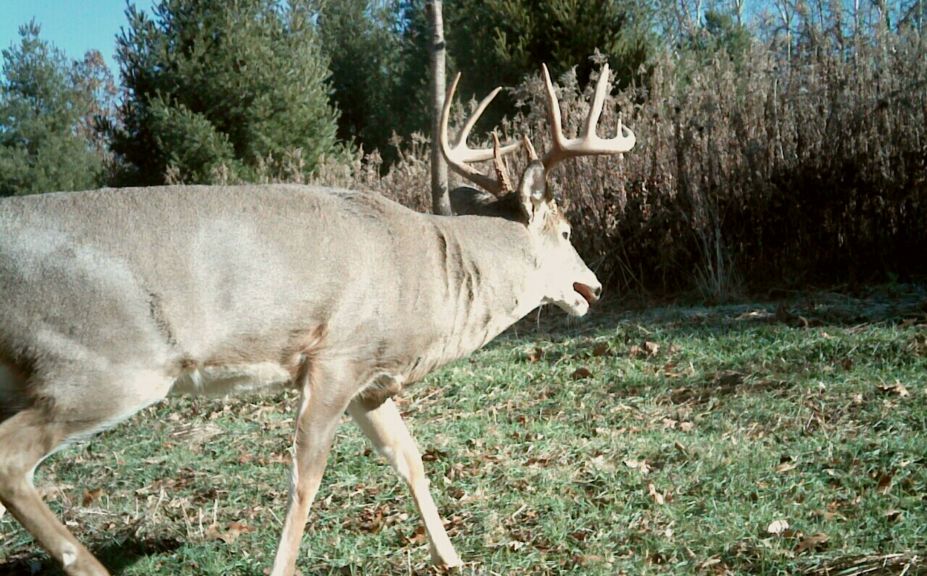
*Some type of combination can be outstanding, even if it includes the early successful growth varieties such as Gold Rod and Ragweed. Variety is also critical for mature buck bedding habitat! Would you like to find out where an old monarch typically likes to hide? Then check out, "The Top 10 Buck Bedding Hotspots".
Nothing Has Changed:
What should you screen? The answer is still everything. However, now it is more important than ever, to make sure that you match the available options, to your overall end goal. Do you need to screen something this year? Then try a seed variety like Egyptian Wheat, or one of the other great screening products that a reputable seed company like Northwoods Whitetails offers. If your goal is a mid term planting, make sure to balance your resources of soil, time and cost. And finally if your goal is a long term, more permamenent solutions, make sure that you are taking advantage of other deer screening cover varieties that can help you to bridge the gap, to experience effective screening while you wait.
